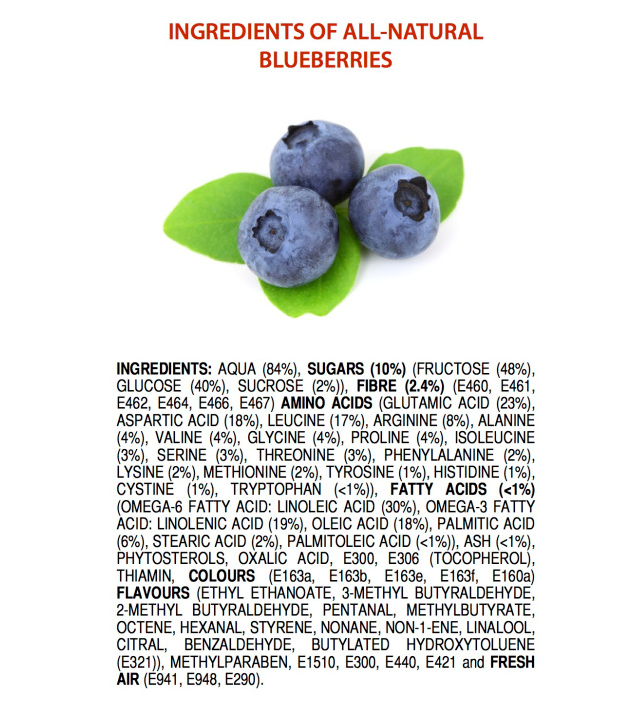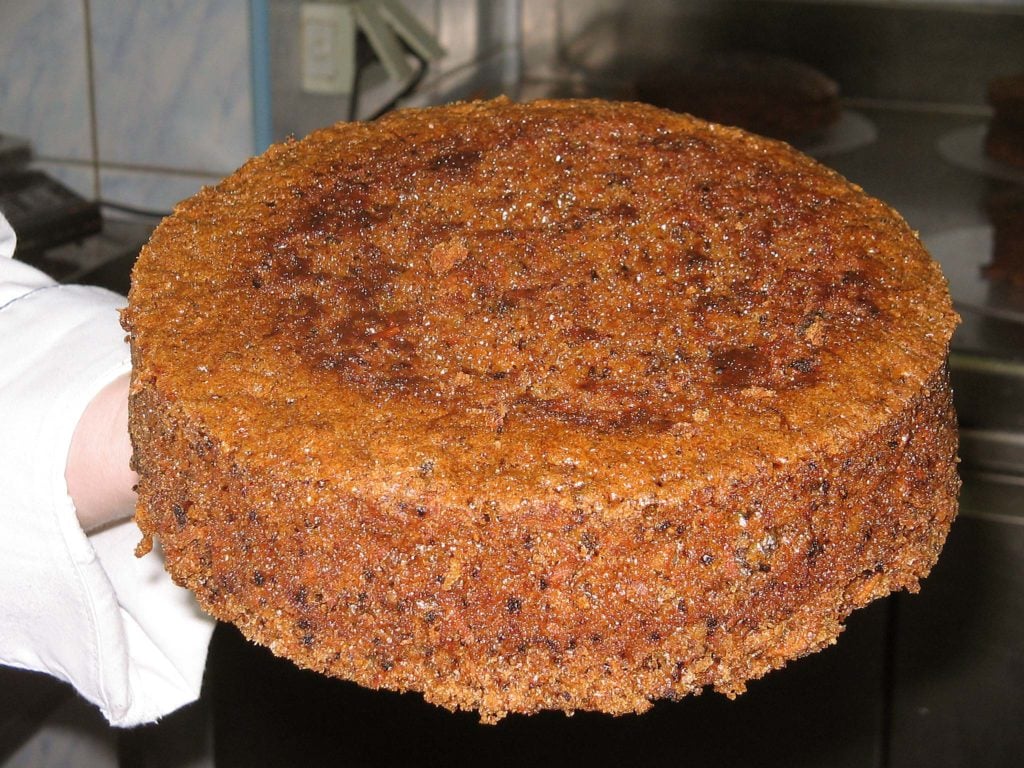Formulation Science?
I’m currently studying for a PhD in Chemistry, and yet never during my Chemistry Undergraduate or Postgraduate career have I come across any modules or even seminars touching on formulation science. This is largely because formulation science is seen as an industry staple, something that doesn’t have a place in more blue-sky, academic research such as university is geared towards. Formulation, outside of industry, is considered more something that a good chemist will be able to pick up on the job.
And yet, it is an absolutely crucial discipline. Formulation scientists do exactly what you might expect from the name: formulate the complex mix of chemicals that makes up a tablet, powder, aerosol, gel, cream (etc.). Without them we wouldn’t have shampoos, deodrants, paints, medicines and even some foods.
But why all the chemicals?
Funny how you might ask that, reader, but everything is made up of chemicals. Foods found in nature actually have a colossal number of different chemicals in them. This is because a very delicate balance is required to maintain a stable, pallatable formulation.
Having a mix of chemicals means you can more finely tune the properties of a particular substance. Think of it like a carrot cake.
Formulating a Carrot Cake
In all cakes, you need butter, margarine or oil to lubricate the mixture and enhance the texture of the finished product. For a carrot cake, you also need self-raising flour and baking powder. Proteins within the flour form a network of gluten when mixed with moisture, which allows the cake to rise. Baking powder creates bubbles of air in the mixture which enhances this rise.
To enhance the flavour of our carrot cake, we also add in some cinnamon, nutmeg and ginger. Sugar also enhances the sweet flavour of the cake – but in addition it absorbs moisture from the mix and thus avoids the cake from getting too hard.
Carrots and orange zest are also needed to tune the flavour of the cake (the former giving the cake its name, after all). However, these ingredients also add moisture to the mix that it would not have otherwise. The quantities of the other ingredients must thus be altered to allow for the inclusion of the wet fruit and vegetables to stop the final product being too dense.
Last but certainly not least: eggs. Eggs are an emulsifier, meaning they can help in the combining of oily and watery mixtures. In cake, they help to combine the liquid and solid ingredients into an even mix. And this is even without thinking about the icing!
So you see, it is essential to consider the exact properties you need for your final product, and to tailor the ingredients to ensure you achieve this. I’ve found that chemists are well-suited to baking for precisely this reason: they appreciate the complexity and intricacy of a good formulation.
References:
(1) An excellent online resource on cosmetic chemistry, which is a form of formulation science.
(2) The RSC subgroups pages on formulation.
(3) Article showing three naturally occurring foods’ chemical “ingredients list”.

